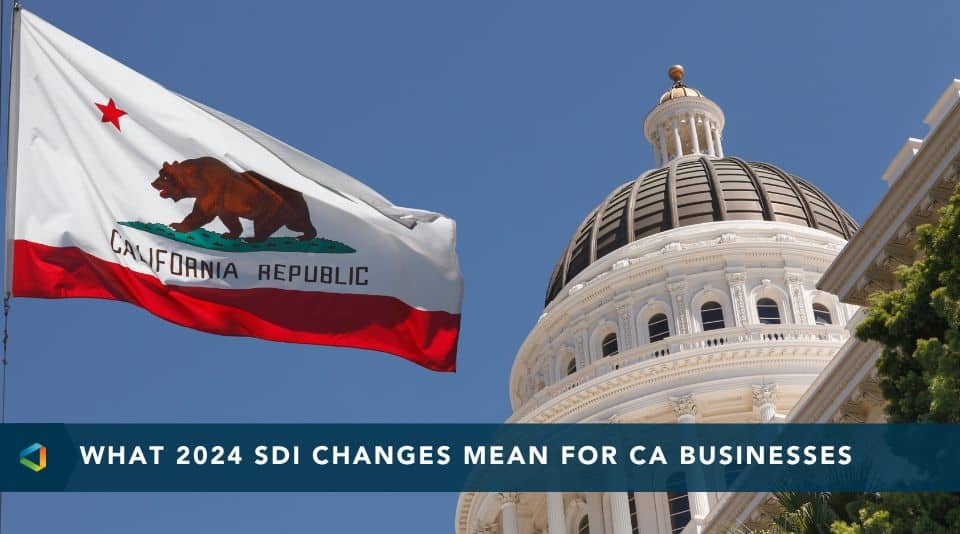Employee benefits can be complex to administer, particularly in terms of taxation. It is important to understand the tax implications for both the employer and employee. This article will explain the general considerations related to the taxation of employee benefits.
Employer Tax Implications
Employers can usually deduct amounts that they spend on employee benefits as a trade or business expense when filing taxes. In order to be deductible as a trade or business expense, the expense must meet the following criteria:
- It is an ordinary and necessary expense of the employer’s trade or business.
- The IRS defines “ordinary” as common and accepted in your trade or business. A “necessary” expense is one that is helpful and appropriate for your business; it need not be indispensable to be considered necessary.
- The expense must be paid or incurred during the tax year in which it is deducted.
- This depends on whether your company uses a cash method or accrual method of accounting. If using a cash method, the expense is deductible in the year it is paid. If accrual method is used, the expense is deductible in the year it is incurred.
- The expense must be connected with the trade or business conducted by the taxpayer (employer).
- This requirement simply differentiates a business with a primary purpose of achieving income or profit from a sporadic hobby or activity that happens to make money.
It is also important to remember for noncash benefits that the employer may deduct only the cost of the benefit (though the value of the benefit must be included in the employee’s gross income).
Employee Tax Implications
The employer is also responsible for determining if various benefits should be included in the employees’ gross income for tax purposes. Generally, a benefit must be included in the employee’s taxable income unless specifically excluded by the IRS. Many employee benefits are expressly excluded from gross income by the IRS, including health insurance, life insurance (up to a limit), education assistance, flexible spending accounts, child care expenses, legal assistance and more. Visit www.irs.gov for a complete list. In addition, some benefits are tax-deferred until the employee receives the benefit, such as qualified retirement benefits.
For benefits that are taxable, you must answer the following questions to determine the appropriate tax treatment of that particular benefit:
- Who is subject to the tax? Even if the benefit applies to someone else (like educational expenses for a child or a benefit for a spouse), the employee is generally the one who should be taxed.
- When is the benefit taxable? Generally, the benefit counts as income when the benefit is actually received. One exception is the “constructive receipt” of a benefit (when the employee is legally entitled to a benefit, even if it is not in his or her possession). One example is funds in an account that are available to the employee at any time; these would be taxed once they become available, even if the employee hasn’t spent them.
- How much of the benefit is taxed? For noncash benefits, the value of the benefit is more important than the actual cost to the employer. The value of a benefit is determined by the “fair market value,” not including any amount that the employee had to contribute or any amount specifically excluded by a provision of the law. Fair market value is the amount a hypothetical person would pay an objective third-party for that particular benefit.
Benefits that are not included in taxable income are also likely excludable from Social Security, Medicare and unemployment insurance taxes. The employer, however, does need to consider any special rules, such as nondiscrimination rules, to be met for certain employees. Also, some benefits only allow a certain portion to be non-taxable; the employer should be aware of any limits.




